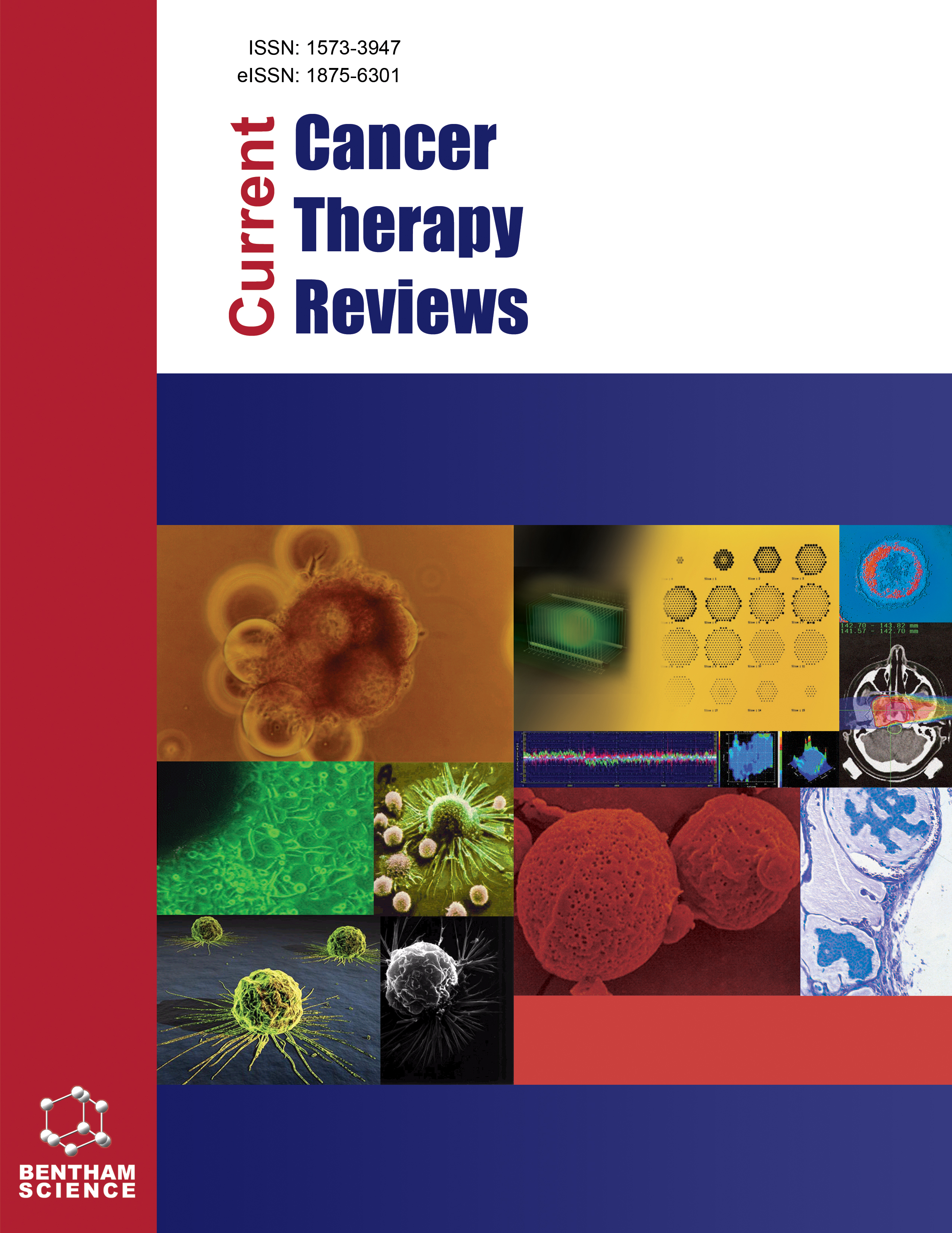
Full text loading...
We use cookies to track usage and preferences.I Understand
Colorectal cancer (CRC) ranks as the third most prevalent cancer type and the second leading cause of cancer-related deaths globally. The mortality rate from colon cancer has seen a significant increase, correlating with the widespread adoption of Western dietary habits and lifestyles. Medicinal plants, notably those containing functional phytochemicals like polysaccharides, exhibit anti-tumor and anti-apoptotic properties, offering potential for CRC prevention and treatment. Enhancing the efficacy of herbal medicines and addressing problems related to them could eventually become possible with the help of nanoscale drug delivery systems. Improved solubility and bioavailability, protection from toxicity, resistance to physical and chemical degradation, increased pharmacological activity, better distribution to tissue macrophages, and more stable are merely some of the benefits of developing nano dosage forms for herbal drugs in phyto-formulation research. The article has been drafted by gathering recent information available in Scopus, Science Direct, Pubmed, Medline and Web of Science databases. The inclusion criterion was an English language article showing the effective use of whole plant or herbal products in CRC. Original articles and short communications on in vivo and in vitro experiments were included. Exclusion criteria included irrelevant studies, insufficient data, and mushroom or algae investigations. Case reports/case series, and letters to editors were not included but used to discover applicable primary material. This review suggests medicinal plants can produce anti-CRC chemicals. Herbs and spices with antiproliferative and angiogenesis-inhibiting properties may be useful as chemopreventive or chemotherapeutic therapies for colorectal cancer. This narrative review explores the usefulness of medicinal plants in the treatment of CRC using a novel drug delivery system. Nanotechnology is highlighted as a driving force behind the recent breakthroughs in CRC screening, diagnosis, and therapy. This review seeks to inform researchers on nanotechnology in CRC and inspire innovative nanotechnology-based therapies.

Article metrics loading...

Full text loading...
References


Data & Media loading...

